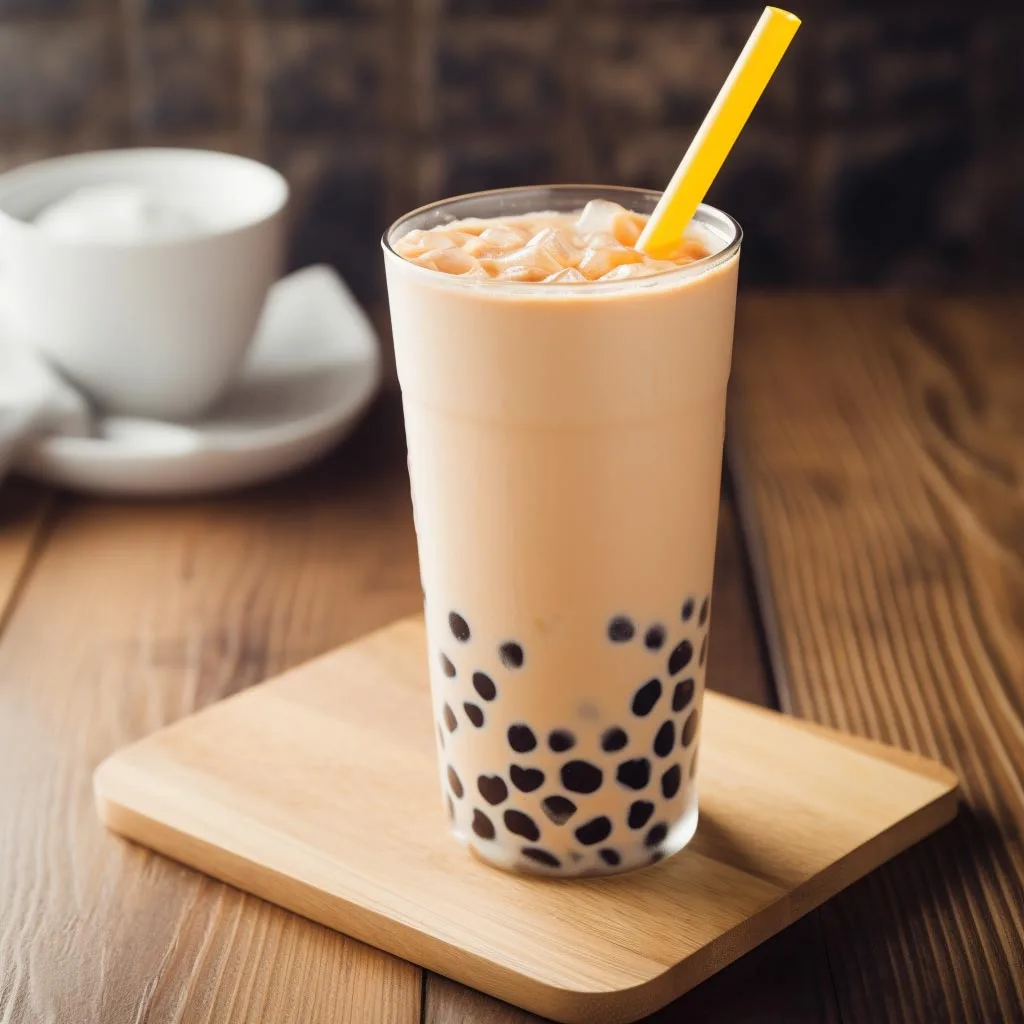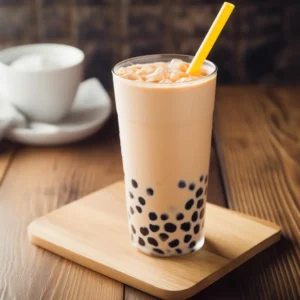
Have you ever craved a fun, flavorful beverage that’s both refreshing and unique? Look no further than Bubble Tea, a delightful concoction originating from Taiwan that has taken the world by storm.
This beloved drink, also known as Boba Tea, is a perfect blend of tea, milk, chewy tapioca pearls, and sweetness, creating an experience like no other. Despite its exotic appearance, making Bubble Tea at home is surprisingly simple, making it an ideal choice for adventurous home cooks looking to try something new.
Bubble Tea’s origins date back to the 1980s in Taiwan, where it was invented as a creative twist on traditional tea drinks. Since then, it has become a global phenomenon, with countless variations and flavors to suit every taste preference.
What sets Bubble Tea apart is the addition of tapioca pearls, which give the drink its signature chewy texture and make each sip a delightful adventure.
While making Bubble Tea might seem daunting at first, fear not! With just a few basic ingredients and some simple steps, you can whip up this delicious beverage in the comfort of your own kitchen.
Whether you’re hosting a gathering with friends or simply treating yourself to a special drink, Bubble Tea is sure to impress with its vibrant colors, rich flavors, and playful appeal.
Expert Tip: Customize your Bubble Tea with additional toppings such as jelly cubes, fruit popping boba, or flavored syrups for a unique twist on this classic drink.
Black tea or green tea: These tea bags provide the base flavor for your Bubble Tea, offering a rich and aromatic taste that pairs perfectly with the other ingredients.
Granulated sugar: Adding sweetness to the tea helps balance out the flavors and enhances the overall taste of the drink, ensuring it’s not overly bitter.
Milk: Incorporating milk adds creaminess and a smooth texture to the Bubble Tea, creating a luscious mouthfeel that complements the tea and tapioca pearls.
Tapioca pearls: These chewy, gelatinous pearls are the star of the show in Bubble Tea, providing a fun and satisfying texture with every bite. They add a playful element to the drink and make it truly unique.
Ice cubes: Cooling down the tea mixture with ice cubes ensures that your Bubble Tea is refreshing and chilled, perfect for enjoying on a hot day or as a delightful treat anytime.
Expert Tip: For extra flavor, you can infuse the tea with ingredients like ginger, lemongrass, or fruit slices before adding the milk and ice cubes.
Expert Tip: Make sure to cook the tapioca pearls just until they are tender. Overcooking can result in mushy pearls, so keep an eye on them while boiling.
Yes, you can use alternative milk options such as almond milk, coconut milk, or soy milk to make your Bubble Tea dairy-free or vegan-friendly.
Tapioca pearls typically take about 5 minutes to cook, but it’s essential to follow the package instructions as cooking times may vary depending on the brand and size of the pearls.
Absolutely! Feel free to adjust the amount of sugar to suit your taste preferences. You can also experiment with alternative sweeteners like honey, agave syrup, or maple syrup for a different flavor profile.
While it’s best to enjoy Bubble Tea fresh for the best taste and texture, you can prepare the tea and tapioca pearls ahead of time and store them separately in the refrigerator. When ready to serve, simply combine the ingredients and enjoy!
Tapioca pearls are widely available at Asian grocery stores, specialty food stores, or online retailers. Look for tapioca pearls specifically labeled for Bubble Tea or boba drinks for the best results.
Here are some more recipes for you to enjoy! If you my recipes don’t forget to rate and leave a comment.
If you have any recipe suggestions, please do not hesitate to ask me. A great way to stay in contact with me is through Instagram, Facebook, Twitter and YouTube. Don’t forget to tag me @CookwithNabeela in your recipe photos!

Subscribe now to receive my latest recipes directly in your inbox. Stay up-to-date and never miss out!

I love to cook! I want to share with you my favourite, delicious family-friendly recipes. I want to inspire you to create fantastic food for your family every day.
Add your first comment to this post